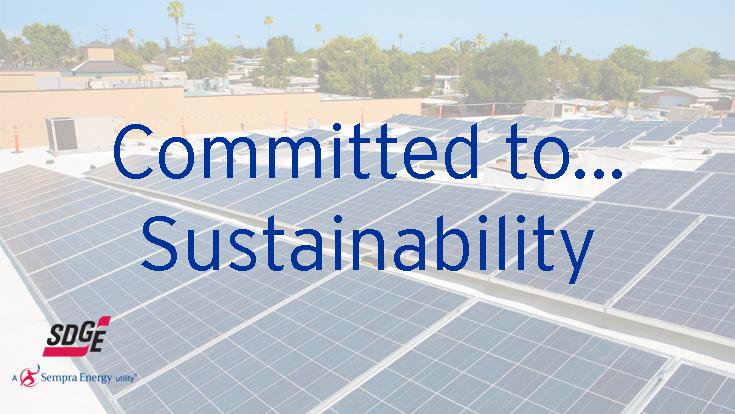Food waste is a growing problem in America, with more than 30 million tons of uneaten food added to our landfills each year. As these discarded items rot, they produce methane, a potent greenhouse gas (GHG) which contributes to climate change.
Reducing food waste is something we can all make changes in our daily lives to contribute to, and San Diego Gas & Electric (SDG&E) is taking steps to do our part to help create a healthier future for our environment by implementing programs that lessen the amount of waste generated at company facilities.
It's what's on the inside that counts
Mother Nature isn’t perfect. She has character and personality. These traits often make their way into our fruits and vegetables, producing perfectly crooked carrots or tasty twisted turnips. Unfortunately, many of these less-than-beautiful mishaps—which account for approximately 20 percent of US-grown produce—are discarded before they ever hit the store shelves because of stringent cosmetic standards placed on food.
The team behind the cafés at SDG&E’s Kearny Mesa campus and Sempra’s downtown Headquarters—has implemented programs to keep these perfect tasting (yet less than perfect looking) goods out of trash bins and landfills.
Partnering with local farmers, the cafes feature “Imperfectly Delicious Produce” on daily menus offered to employees and visitors. Using these Grade A fruits and vegetables, which would normally be left un-harvested in the field, not only makes for satisfied SDG&E diners, but also supports local farmers and prevents these items from being added to landfills.
Using every last scrap
Beyond using produce that others may toss for aesthetics, both cafes send leftover food scraps to the San Diego City Miramar Greenery composting facility to be converted to nutrient rich compost.
Composting organic waste like food scraps and yard trimmings keeps materials out of landfills and helps the environment by enriching the soil. The Environmental Protection Agency estimates 20 to 30 percent of annual food wasted in the US could be converted into compost, yet the actual amount diverted from landfills is estimated to be less than three percent.
Since launching the composting program in 2012, SDG&E cafes have diverted more than 120 tons of waste from landfills—preventing an estimated 8.6 tons of methane from entering our atmosphere.
Enriching our communities
Sustainable living doesn’t end when SDG&E employees go home at the end of the day. These programs provide SDG&E employees with knowledge they can share with family, friends and neighbors so we can all make the most of our natural resources, reduce food waste and protect the environment.


